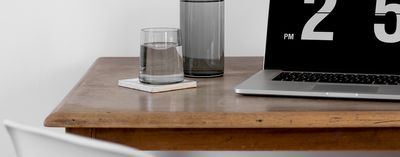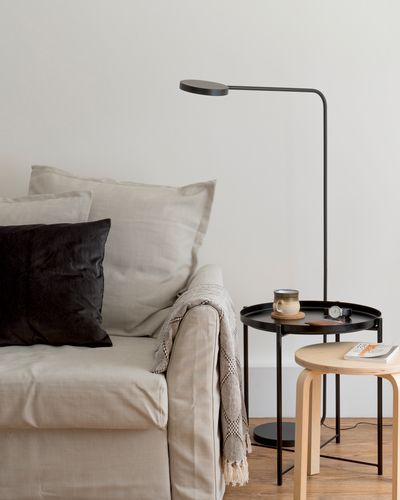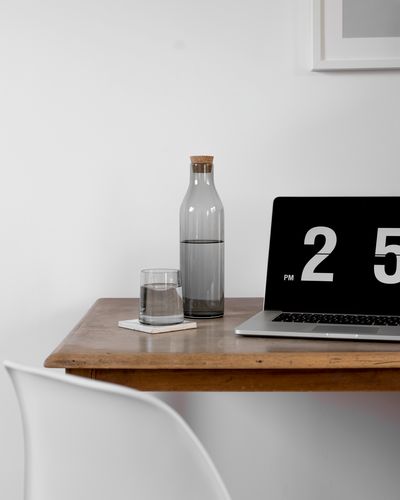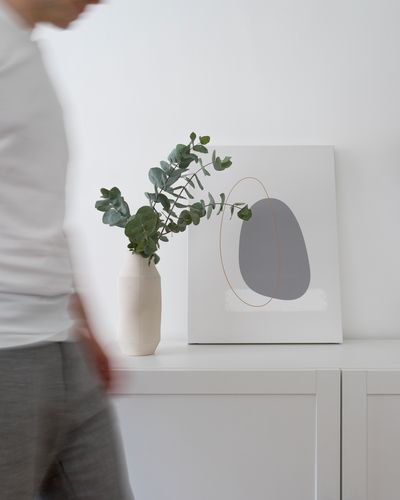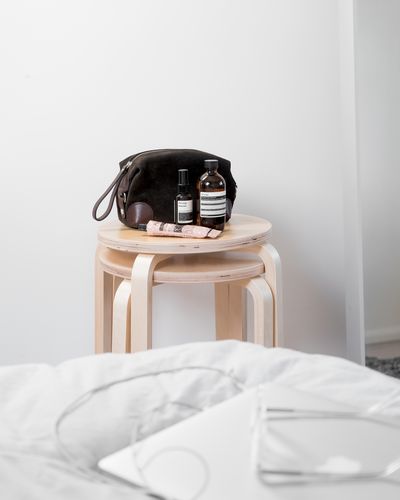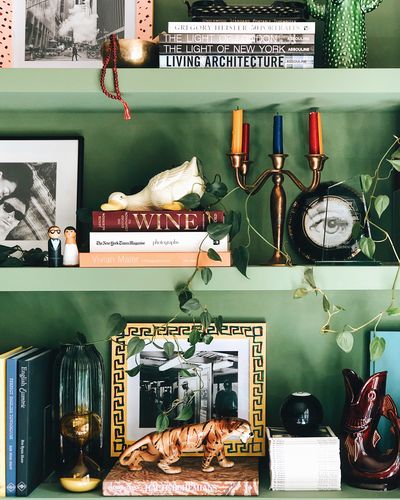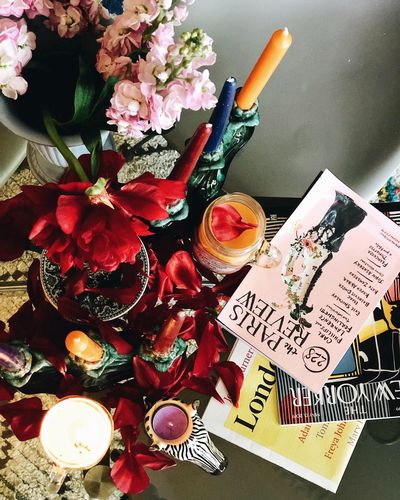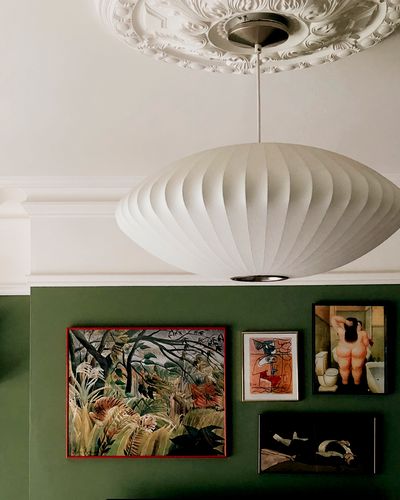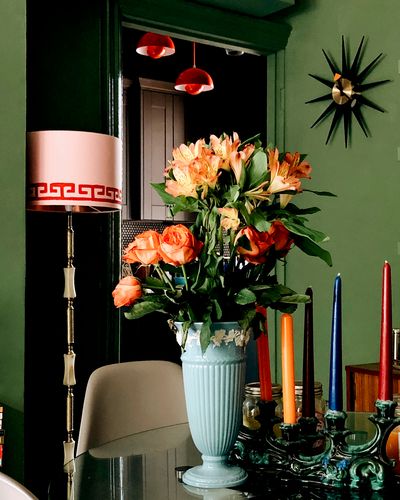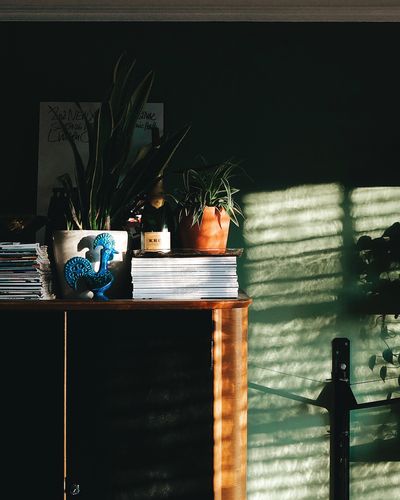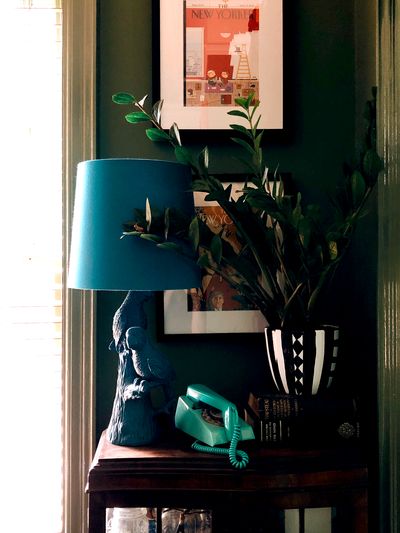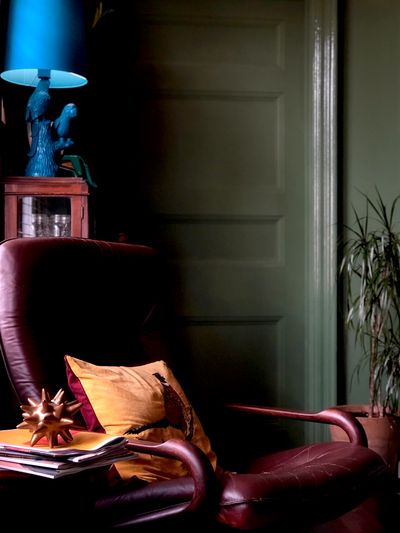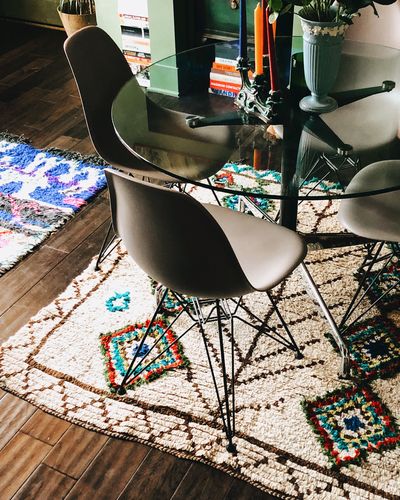Minimalism vs Maximalism - An exploration into two of the most influential design trends of 2019 so far.
Minimalism vs Maximalism - An exploration into two of the most influential design trends of 2019 so far.
All designers are familiar with the theory of minimalism (excellently represented by Alex Bilton of @alexbilts - pictured right). Inspired by our increasingly cluttered world, minimalism urges us to leave the noise at the door and go back to basics. With apartment space dwindling and head space even more so, it was time to once again take control. Minimalism gave us a fresh perspective on our lives, casting away the unnecessary and encouraging space efficiency in an ever more saturated society.
Despite this, a new design revolution has begun to ripple throughout the industry, introducing “maximalism”. A rather tongue-in-cheek spin-off of its pristine predecessor, maximalism, (brilliantly represented by Jill and Steve of @asmallflatinlondon below) is a loud, triumphant exclamation of colour and busy-ness that has managed to escape its societal constraints.
Ironically, it almost looks like a re-birth of the ideals that we once defamed when minimalism first found its foothold. A space with a sense of creative clutter, littered with art, literature and a feeling of free-flowing sentimentality for both old and new.
However, as boundlessly kitsch and quirky as the design style may appear, maximalism is by no means a curation without calculation.
You can truly see the care the designer has taken to create stimulating contrasts and complements between ornaments and furniture. A wonderful flow of both soft and hard edges, intermingling to create a real sense of liveliness and motion. Stories are told between these fine lines, littered with boisterous colours and nostalgic forget-me-nots capable of weaving something quite spectacular – when you look a little deeper.
However, despite their obvious stark polarity, it seems they are more alike than they would like to think. Half full or half empty, both make space efficiency a clear priority. Minimalism removes furniture to create space for free-thought and movement, whilst Maximalism finds satisfying little homes for trinkets of all shapes and sizes – slotting various sundries and accoutrement among one another like pieces of a wonderfully intricate puzzle.
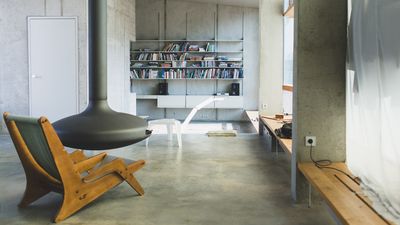
Both produce living spaces that thoroughly inspire their on-lookers - but in very different ways. The key is to work out how the specific user thinks and behaves. Do they revel in a cool, calm silence? Or thrive in a sanctuary of un-bridled inspiration? Find a happy medium and you might just stumble upon something truly astonishing.
For this article we would like to firstly thank Alex Bilton for the brilliant minimalist photos: @AlexBilts and secondly, Jill and Steve of @asmallflatinlondon for their wonderful maximilism photos.
If you are looking at designing a new kitchen, feel free to check out our Kitchen Configurator for some inspiration here

